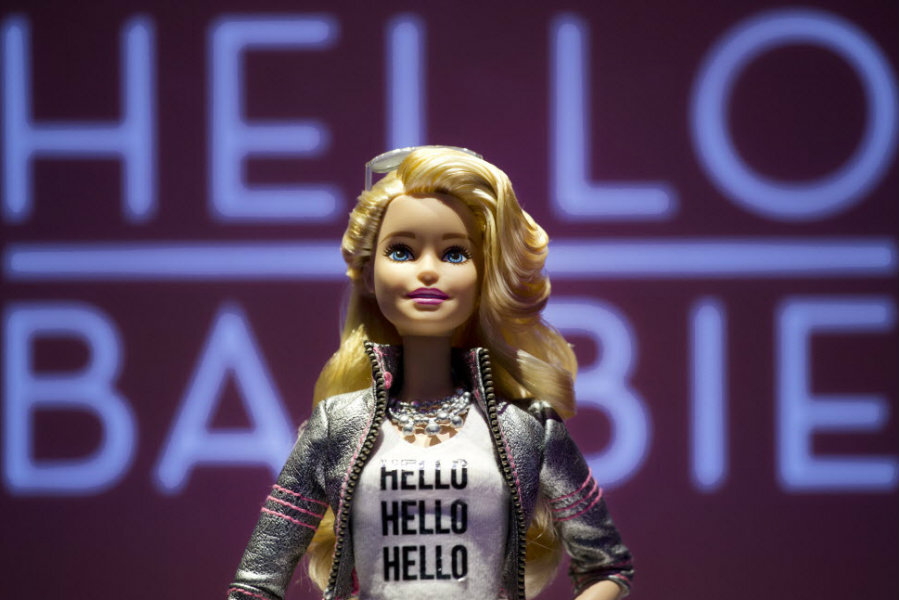Is the new talking Barbie a good idea for your kids?
Fake conversations with dolls are so last century.
Starting this fall, Mattel’s Barbie will hit the shelves armed with the ability to connect to the Internet and to have two-way conversations with kids, innovation magazine Fast Company first reported.
The digitized version of the iconic doll will use a speech-recognition platform called Pullstring, developed by San Francisco startup ToyTalk, that allows writers to create evolving dialogue based on what kids might say.
Once fully charged and connected to WiFi, Hello Barbie will be able to play interactive games, tell jokes and stories, and collect information about a child’s conversation for future use. If a kid talks to Barbie about dancing, for instance, the doll may mention it in a later chat.
"The most requested thing that kids have wanted to do with Barbie, and Mattel's done unbelievable amounts of research over the course of decades, is to talk to Barbie," ToyTalk CEO and former Pixar CTO Oren Jacob told Fast Company.
"That's the number one request over all demographics, over all geographies, of all time,” he added. “For the first time we're doing that for real now."
A prototype of Hello Barbie, expected to retail at $74.99, appeared Feb. 14 at the New York Toy Fair, where it chatted amiably about the city and the fair.
With great power, however, comes great potential liability, and this new breed of dolls is no exception.
Last month, security researcher Ken Munro of Pen Test Partners revealed an awkward – and somewhat scary – vulnerability in My Friend Cayla, another Internet-connected doll that uses Google Translate technology for its conversational abilities.
In a demonstration to BBC, Mr. Munro showed how a skilled programmer might get the doll to say any number of creepy or inappropriate things to a child.
“I’m in charge now,” Cayla said after Munro hacked into its software. “You may think I am just a sweet toy, but now I have been hacked I can say all sorts of scary things.”
The Vivid Toy group, which distributes the Cayla doll, has told the BBC that the hacking was an isolated example, but that it would use Munro’s information in its next upgrade of the app used with the doll.
Despite such vulnerabilities, smart toys seem to be the wave of the future. New York startup Elemental Path, for instance, has begun a Kickstarter campaign for a line of talking, joking dinosaur toys.
For its part, Mattel intends to push its partnership with ToyTalk to its full potential this year, according to Fast Company. The focus will be on developing conversations for Hello Barbie that they think the doll’s fans will enjoy, with kids’ dreams and goals as a major theme.
"The idea is they're going into the things that kids aspire to be and the career paths that Barbie represents,” Mr. Jacob told the magazine, “from a scientist, mathematician, surfer, painter, writer, all of the things that Barbie has been.”






